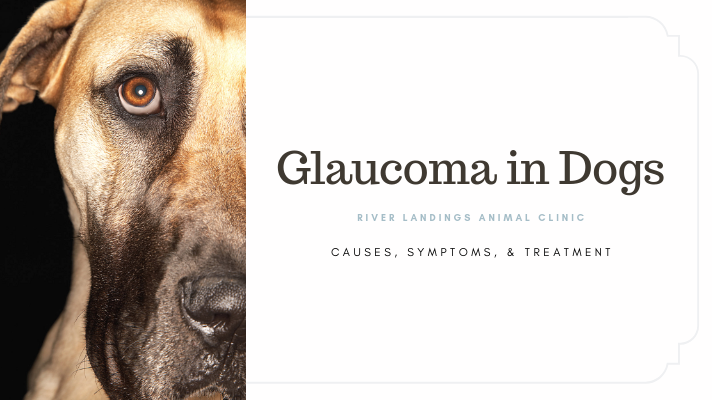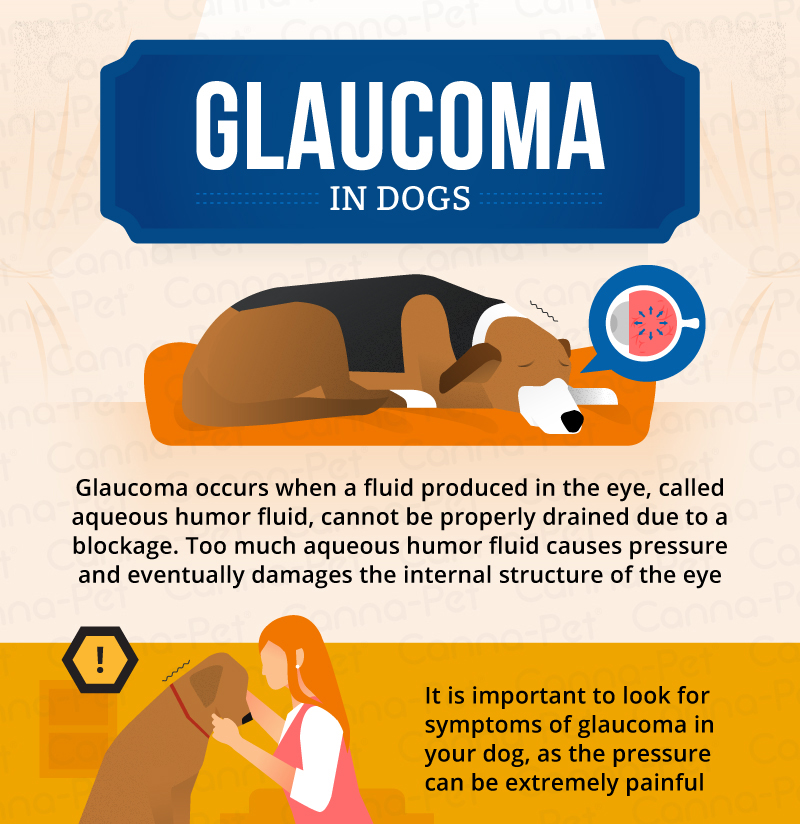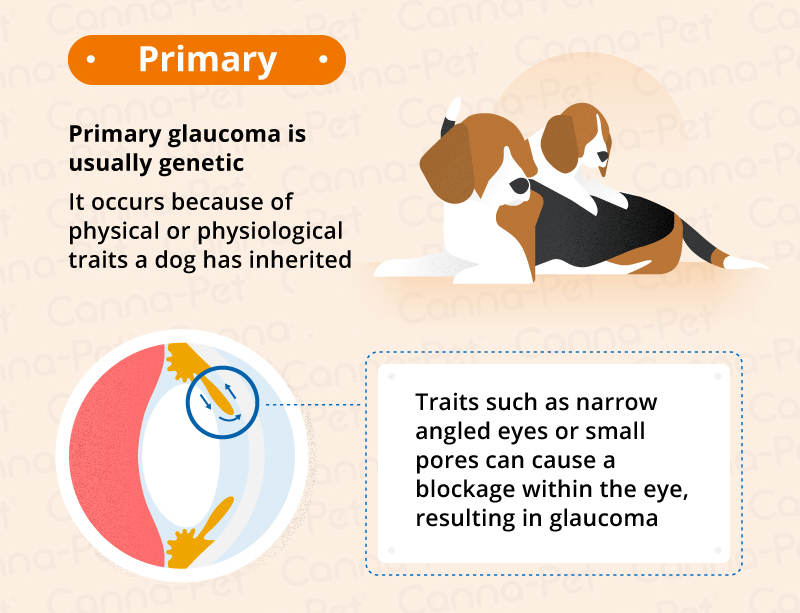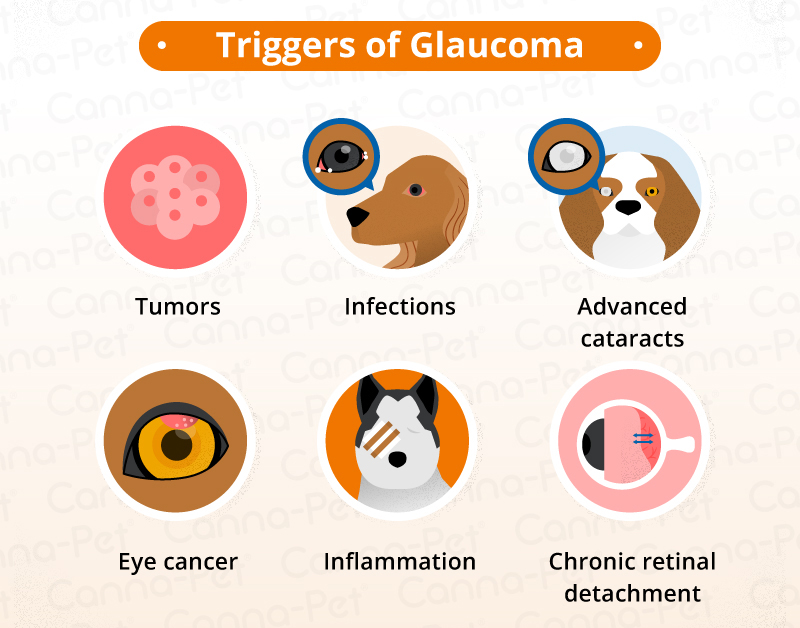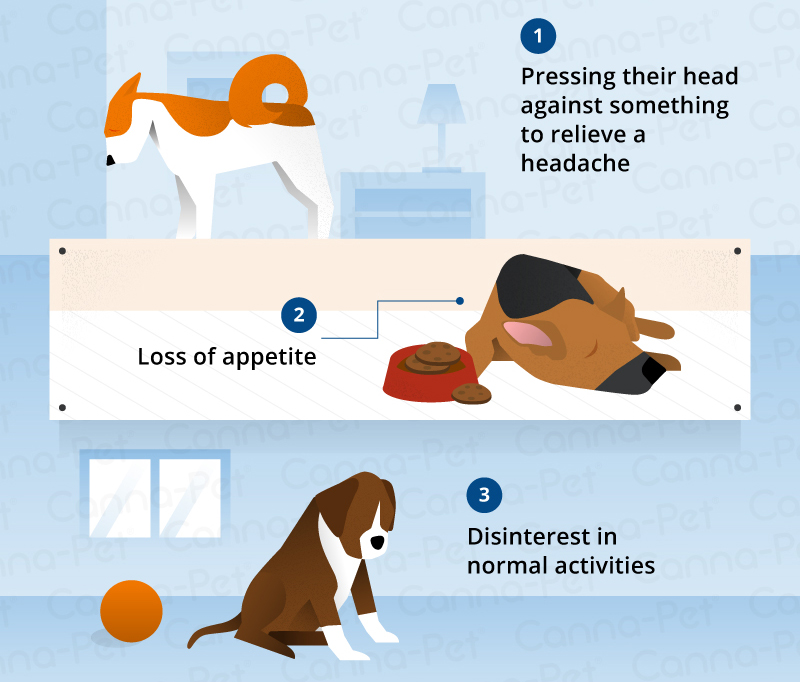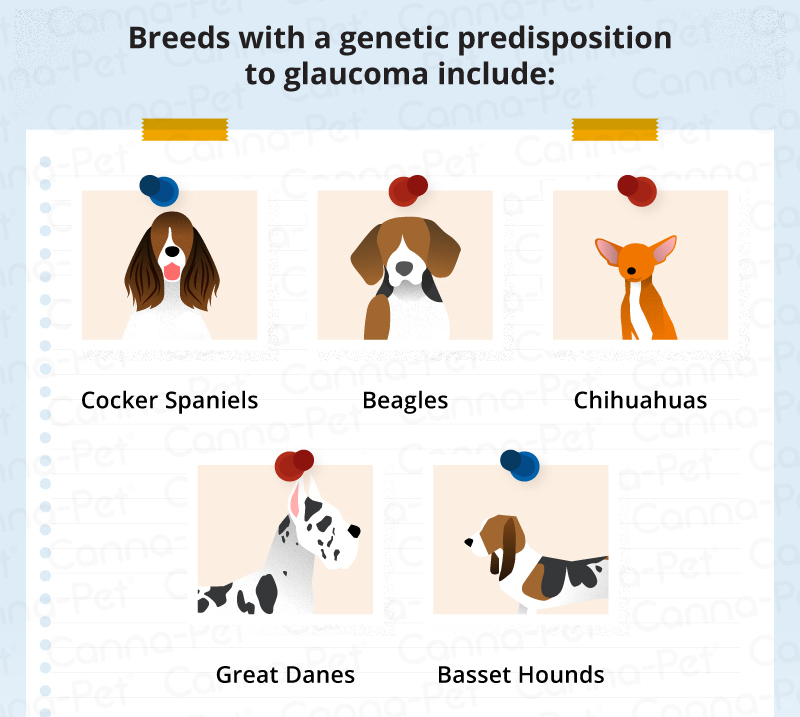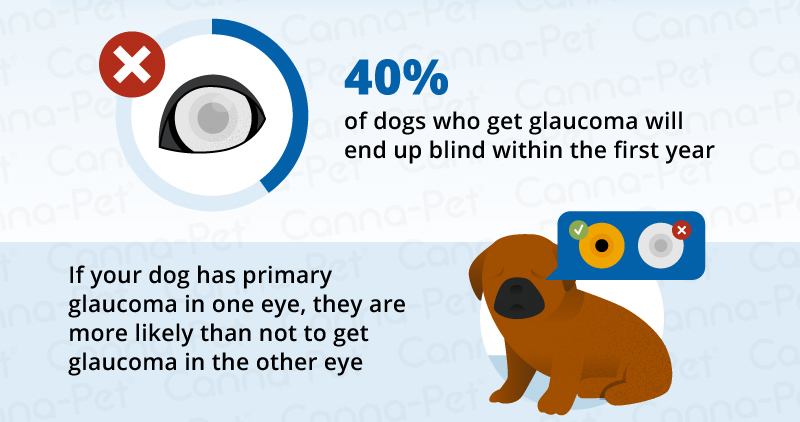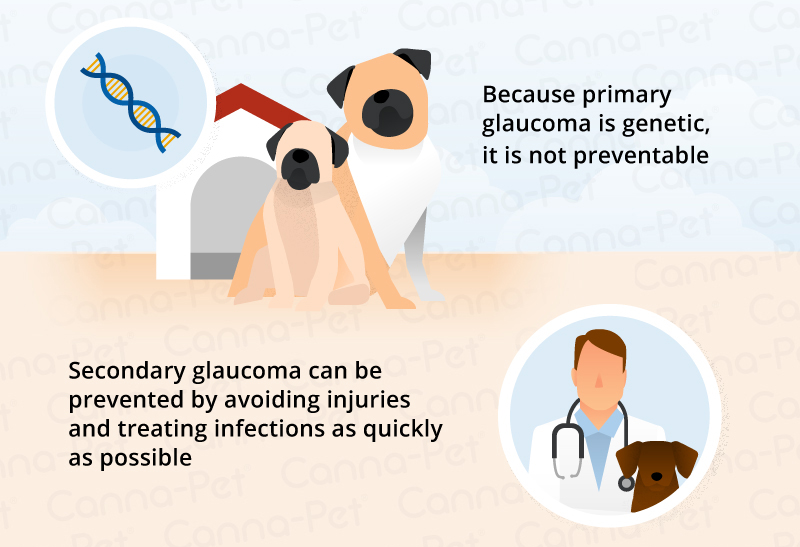It's not uncommon for a veterinary clinic to field plenty of questions concerning pet eye problems on the daily. “Watchful waiting” is advised with some minor complaints, but never with eyes.
A non-vet pet owner cannot assess an eye problem’s severity, and a description over the phone just doesn’t cut it. In other words, when someone calls in and says their pet’s eye “looks funny,” it’s time for a trip to the vet.
Your vet may even direct you to a board-certified veterinary ophthalmologist for immediate assessment if the emergency requires it.
Red, inflamed or swollen eyes? Each of these symptoms can be caused by different ailments.
1. Red Eye
The white of the eye should be pristine white, with the odd lazy blood vessel meandering across the surface. If you’re not sure what this looks like, check out your own eye in the mirror.
Red eyes are not normal.
Gently lift the upper eyelid to check, and you’ll see anything from a rosy pink to a livid red. As a rule of thumb, the angrier the eye looks, the more urgently it needs checking.
Causes of red-eye range from irritation and infection to a condition called glaucoma.
Glaucoma: Pressure builds within the eye, like blowing too much air into a balloon. The most common cause is a problem within the eye and is often breed-related (Basset Hounds, Cocker Spaniels, terriers and northern breeds are at greatest risk). The pressure can damage the retina and cause blindness, so swift action is essential.
Conjunctivitis: Infection causes reddening of the eye. Sometimes the problem can be self-limiting, but — especially if there is a sticky yellow-green discharge, too — please see a vet.
2. Yellow-Green Discharge
It’s normal to have a white gloop in the corner of an eye first thing in the morning. Just wipe this away with a clean, damp cotton towel.
Also, rust-colored gloop is fine. This is a normal gloop that’s been exposed to the air for a while and oxidized (like when you cut an apple in half and it goes brown).
What isn’t normal is a thick, yellow-green discharge from one or both eyes. This is commonly a sign of infection.
Have the vet check the eye because some infections need antibiotics, while others can occur as a complication of another problem that needs attention.
3. Swollen Eye
If there’s something odd about your pet’s face, compare one eyelid with the other to see if one side is swollen. Eyelid swelling can be the result of an allergy, trauma, or infection. It’s best to seek vet attention because the eyeball needs checking to make sure it wasn’t damaged.
4. Dull Eye
Is the eye lackluster? A normal eye is bright, and you can see reflections on the surface— but sometimes the surface is dull and reflections aren’t clear, or those images are broken up or haphazard.
The most common reasons for this are either a dry eye or a corneal ulcer:
Dry eye: Our eyes are kept comfortable by the production of tear fluid. A pet with dry-eye fails to produce enough tear fluid, which leads to the surface drying out. One consequence is a dull surface, and another is the eye tries to protect itself by producing a thick, glue-like discharge. In the long term, scar tissue forms, impairing the vision.
Corneal ulcer: This is like a burst blister on the surface of the eye. In some cases, it heals on its own, but other times it can be dangerous and cause perforation of the eye.
5. Closed Eye
A closed eye is painful: Just think of the last time you had grit in your eye.
The pain might be due to a corneal ulcer, a knock to the eye, or a foreign body — anything from dust to grass particles or even a twig. When our pets are sniffing around, it’s not uncommon to get something lodged behind the eyelids.
Your vet will put drops of local anesthetic into the eye to get a better look and remove the object.
5 Most Common Eye Emergencies (in Dogs)
Here, we go into more detail about some of the top ophthalmologic emergencies we see with dogs in general practice.
1. Corneal Ulcers
Corneal ulcers are the most common acute eye problems seen. (This goes for cats as well.) The cornea is the outer “skin” of the eye; an ulcer occurs if this layer has been damaged.
Corneal ulcers are often traumatic in origin, although certain diseases of the cornea can result in an ulcer. Trauma to the cornea can occur with a scratch from a bush, a stick or even another critter.
Treatment involves early diagnosis of the severity of the ulcer and the administration of appropriate eye medications.
More serious ulcers may require surgery, and frequent re-checks are needed to ensure the cornea is healing nicely. When a corneal ulcer goes from bad to worse, the cornea can actually rupture — this is a true emergency indeed.
2. Proptosis
Proptosis occurs when an eye literally bulges out of the socket and the eyelids entrap the globe. This occurs most frequently in brachycephalic breeds and is a true emergency.
Even with immediate care, the dog may lose the eye depending on the extent of trauma sustained by the extraocular muscles, nerves, and blood supply.
Many of these eyes can be replaced and vision saved in about 20% of dogs, but only if you act immediately.
3. Corneal Laceration
Corneal laceration occurs when there is a complete tear through the cornea. The most common offender from a cat claw.
A sharp object, like a stick, can also puncture the cornea. The dog is almost always holding the eye completely shut and is in significant pain. Again, immediate surgery may save the eye.
Get to the vet. There is a very small window of opportunity when it comes to repairing these eye injuries.
4. Lens Luxation
Lens luxation is over-represented in certain breeds like the Russell Terrier and other terriers. In these dogs, due to a genetic disorder, the lens can spontaneously luxate, or become dislocated. In other breeds, causes may vary — head trauma is one example. This is a difficult diagnosis and may require a visit to an ophthalmologist.
Compared with the normal eye, a lens luxation can look like a very dilated pupil or a blue or whitish eye. Removing the lens can save the eye and save the dog from pain and total blindness.
5. Acute Glaucoma
Acute glaucoma looks like a discolored, a “red” or an inflamed eye. There may be discharge and painful blinking (called blepharospasm).
Glaucoma occurs when, for whatever reason, the pressure in the eye elevates, leading to pain, secondary changes, and blindness. The condition is usually obvious in just one eye, but both eyes are at risk.
Again, this is over-represented in certain breeds like the Cocker Spaniel, Basset Hound, Shih Tzu, Great Dane, and northern breeds.
As with every other eye problem discussed here, acute glaucoma should be assessed and treated immediately. Both systemic (oral) and ophthalmic drugs are used. Get an opinion from a veterinary ophthalmologist to help you and your primary care vet manage the case.
Don’t mess around with the eyes. Ophthalmic problems need early diagnosis and treatment.
Hear From Us Again
Don't forget to subscribe to our email newsletter for more recipes, articles, and clinic updates delivered straight to your e-mail inbox.
Related Categories:


